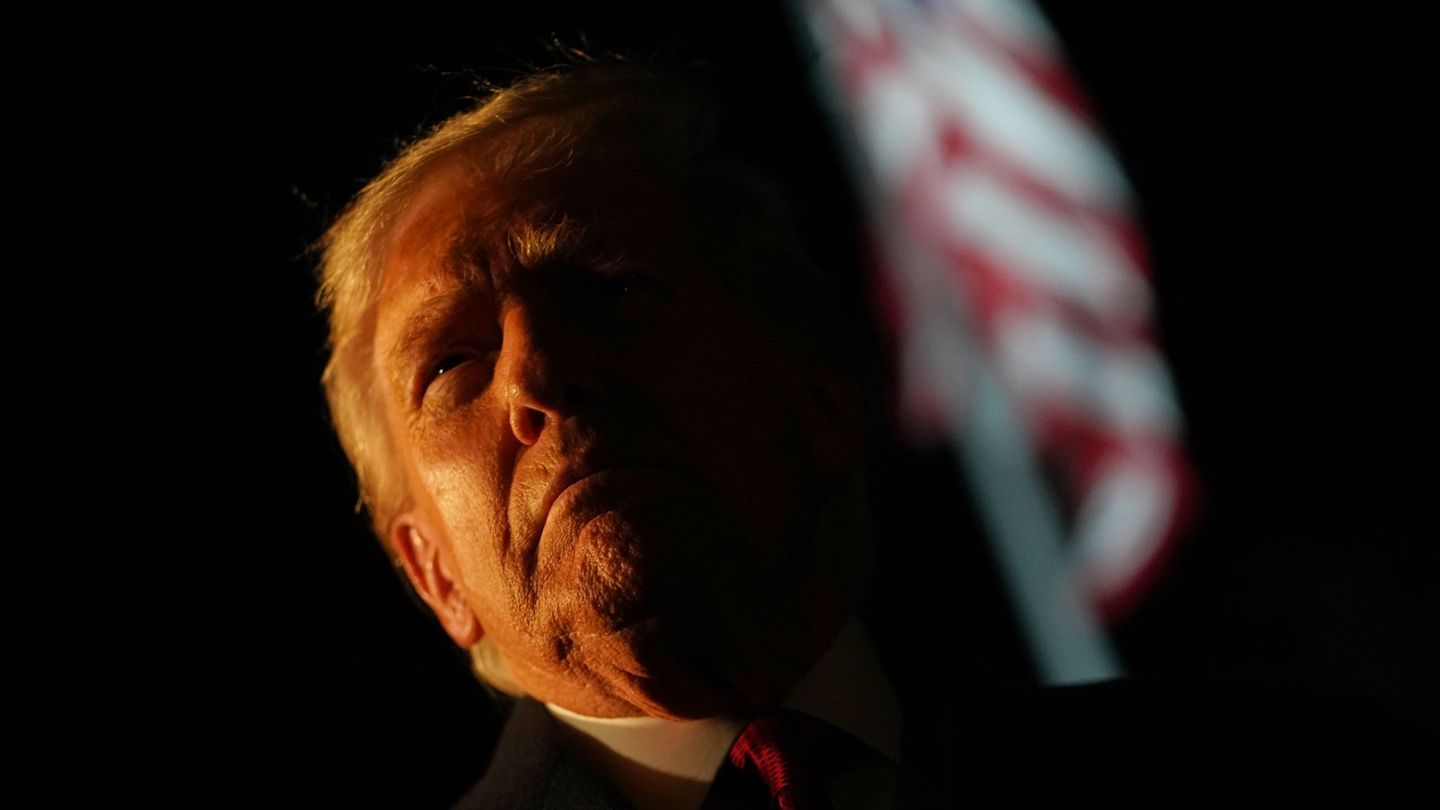On the other hand, the withdrawal of the Russian troops that occupied the Kherson area once again changed the dynamics of the war in Ukraine, just as winter is looming and military operations will be affected by low temperatures. Without triumphalism, kyiv snatched from Moscow what had been the main trophy of the invasion that began at the end of February.
Marko Papic, partner and chief strategist of the Clocktower Group based in the US city of Santa Monica in California, who was recently invited by the Latin American Reserve Fund (FLAR) to an event that took place in Cartagena explains that: “Many of these risks seem obvious, but in reality they are not, while there are others that are hidden to which much more attention must be paid, as they are opportunities for countries like Colombia.”
You have to think about this issue from a series of key evaluations such as:
- The planet is multipolar and therefore it is a mistake to divide it into two segments, one close to Washington and the other to Beijing. The presence of several centers of power means that the powers have much less influence than before, while the number of conflicts increases. This influences globalization and the development of value chains.
- The market for primary goods such as oil or wheat is beginning to be affected by regional circumstances. There may be shortages of certain commodities on one continent and abundance on others, as has happened with coal, to highlight a recent case.
- The assertion that making analogies of what is happening now with the Cold War era is “lazy”. For starters, China is not seen as a threat equivalent to the one posed by the Soviet Union, as shown by the reaction of dozens of nations to ignoring calls by the United States to ban equipment from the telecommunications giant Huawei. The Chinese leaders know that they cannot antagonize a large part of the international community because they need clients for their exports.
Now, although there are many events that have the world in a situation of uncertainty, not everything is negative, as the markets have calmed down.
On the one hand, the supposed debacle due to the lack of gas in Europe never happened, as reflected by declining fuel prices.
On the other hand, the prices of basic products have fallen sharply in recent months and that prediction that a de-industrialization is coming in the Old Continent simply has no true basis.
Instead, our attention should be focused on other more worrisome issues such as:
- The behavior of voters, who look for easy solutions and are more likely now than before to listen to the siren songs of populism.
- Policies regarding climate change are another matter to think about, since they must be seen from the need to develop clean energy, giving a solution to the problem is the gap between supply and demand.
- In geopolitical matters, other risks appear, such as the relative weakening of the United States, which appears as a less imposing power and which now resorts to specific aggressive actions to maintain its power.
- A final ominous scenario is a kind of balkanization in Russia, increasing the probability that Vladimir Putin will be removed from office and creating a vacuum in which multiple ethnic and religious tensions would surface. Given that nation’s weight as a provider of basic products, along with its nuclear arsenal, such instability would be inconvenient.
Fortunately, Latin America in general, in this scenario, can undoubtedly benefit. This, taking into account that the region has immense deposits, as well as abundant land and water to meet the demand for food. The question is whether the countries in the area will make the right decisions to take advantage of the conditions that are announced, but that answer is still not clear.
Source: Ambito
David William is a talented author who has made a name for himself in the world of writing. He is a professional author who writes on a wide range of topics, from general interest to opinion news. David is currently working as a writer at 24 hours worlds where he brings his unique perspective and in-depth research to his articles, making them both informative and engaging.




